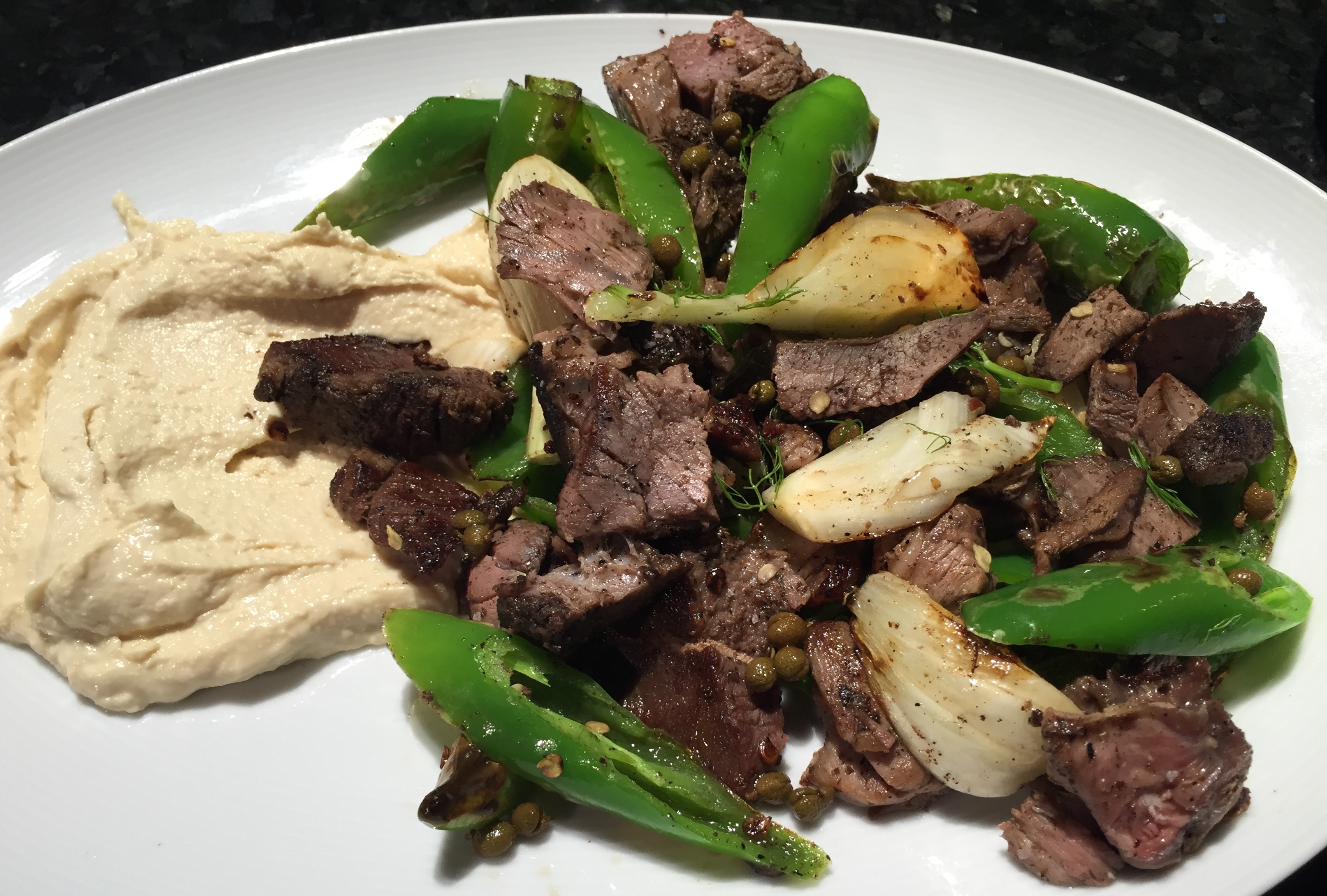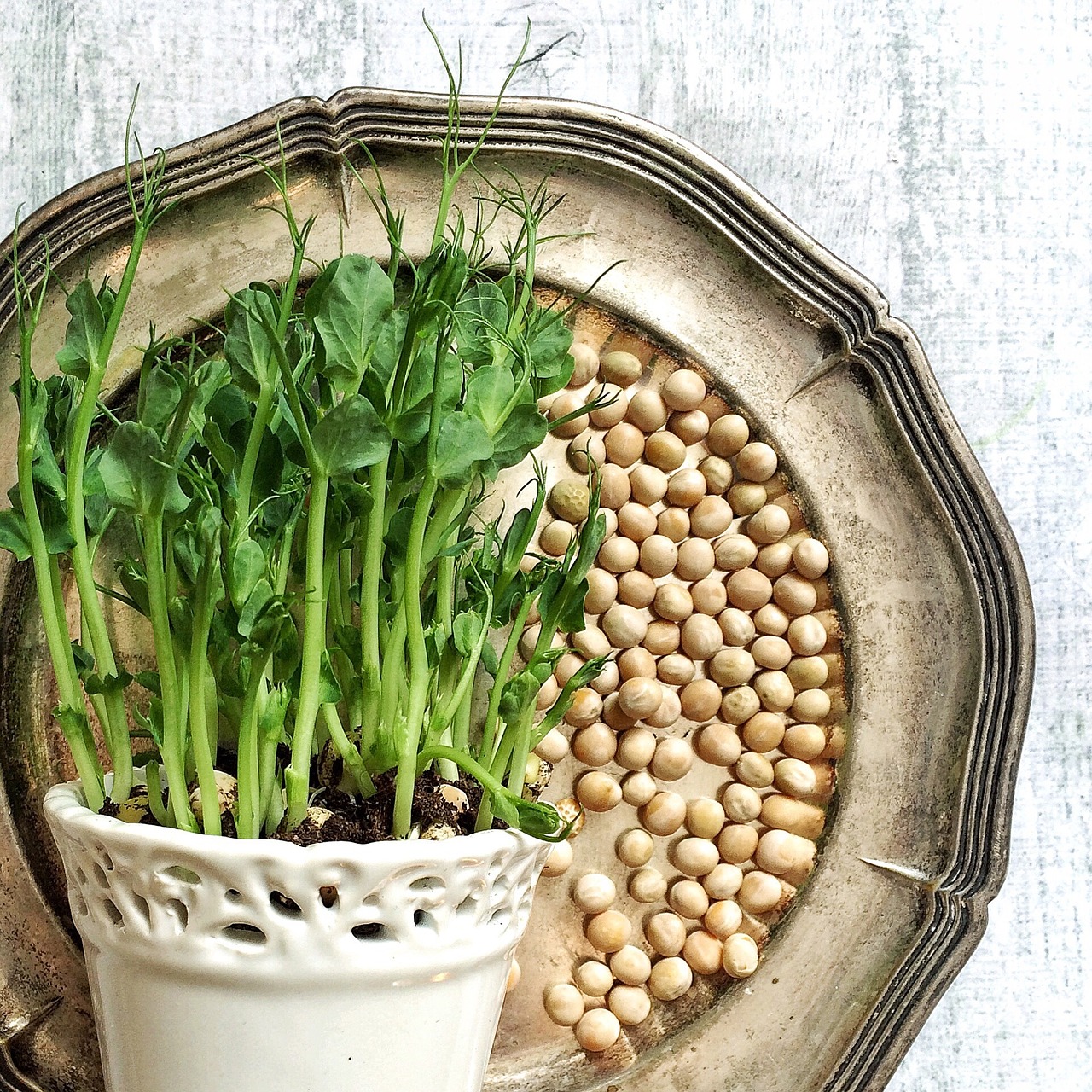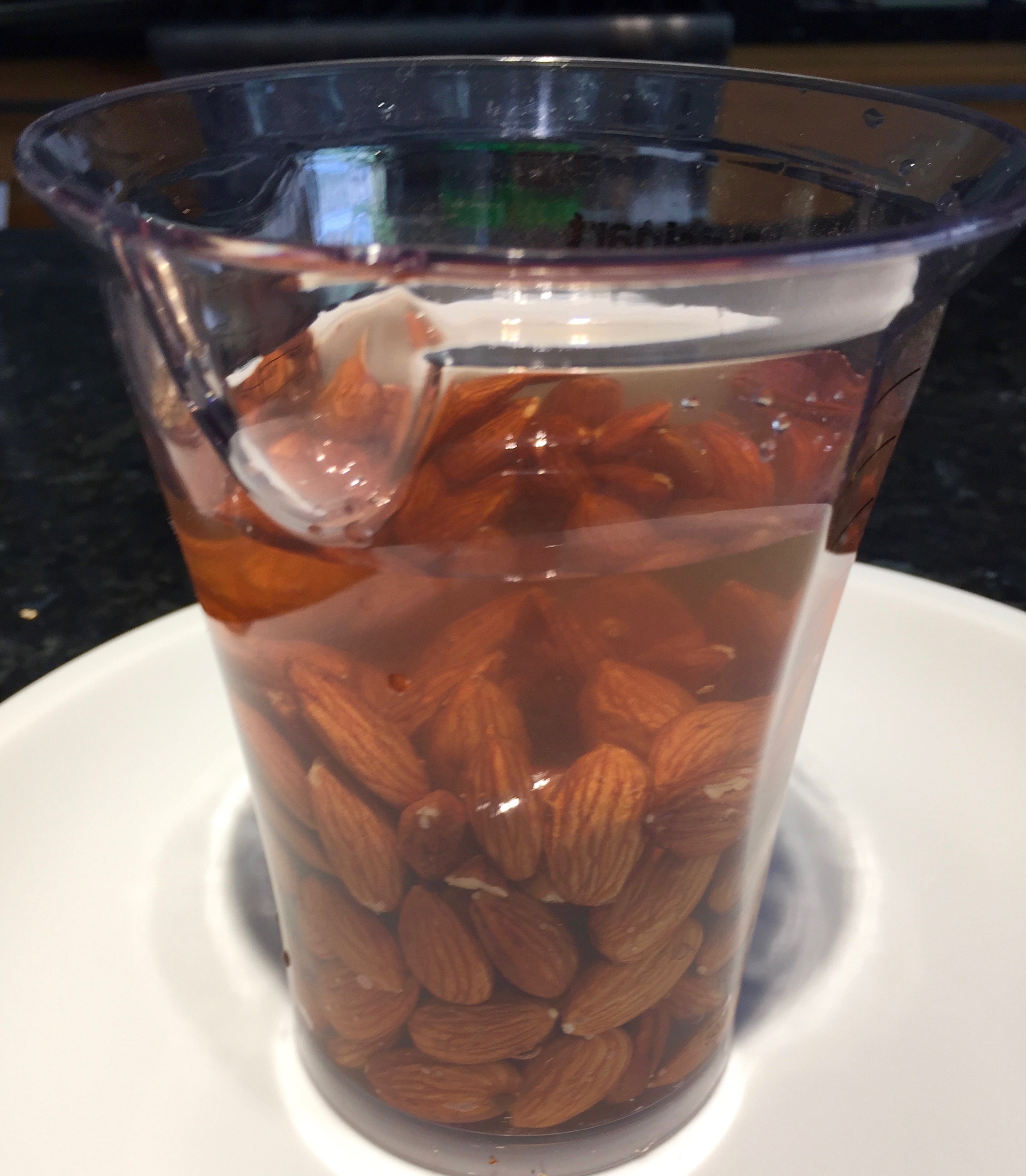People ask me if they should avoid phytic acid, which is commonly found in nuts seeds, beans and grains. My short answer is “No” if you are not vegan. Phytic acid is sold as IP6, an antioxidant with many health benefits. In fact, phytic acid is a nutrient that can act as both “friend and foe”, depending on the circumstances.
What is Phytic Acid (a.k.a. IP6)?

Plants store phosphorus as phytic acid, known as inositol hexakisphosphate (IP6), which is bound to a mineral in the seed and create phytates. Phytates are abundant within the hulls of nuts, seeds, beans/legumes and whole grains. When a seed sprouts, stored phytates are degraded and used as an energy source. When we eat the plant, phytates are hydrolyzed during digestion to IP6 and other degradation products including IP1,2,3,4 and 5.
IP6; Anti-Nutrient for Vegan

IP6 is considered as an anti-nutrient since it binds to iron, zinc and calcium in the GI tract and excrete them in waste so that phytate intake may promote mineral (especially iron) deficiencies. It can be true if you eat only plant-derived foods. There are two iron types in foods; plant-type and animal-type. The plant-type (called non-heme) iron is poorly absorbed, while the absorption of animal-type (called heme) iron is efficient. Non-heme iron has high affinity to IP6, whereas heme-iron doesn’t (1). Additionally, zinc is well absorbed from meat, even in the presence of IP6 (2). So you do not need to concern about phytate intake if your diet include meats. However, if you are vegan or if your baby is younger than 6-month, you need to make efforts to reduce phytates and increase mineral intakes.
Reducing Phytates

You can easily reduce phytates by soaking, sprouting, fermenting, cooking or combination of these methods. For example, soaking beans and cereals for overnight before cooking reduces cooking time in addition to reduce phytates. The sprouting of seeds, grains and legumes causes phytate degradation. Fermentation may sound strange but sourdough is a good example of combination methods. Soaking nuts and seeds is good idea not only for decreasing phytates but increasing nutrition values because moisture promotes enzymatic reactions making nuts softer so that more nutrients are available for you.
Health Benefits of IP6 (3,4)

Its nature of mineral binding ability can fight with chronic diseases, such as preventing kidney stone formation, lowering elevated serum cholesterol, and reducing pathological platelet activity. It also plays a role in cancer prevention and control of experimental tumor growth, progression, and metastasis.
My Suggestions
For people who eat meats, phytic acid’s negative effects on iron, zinc, and manganese absorption are minimal while its health benefits including preventing kidney stones and cancer are promising. Phytates rich foods such as nuts/seeds, beans and whole grains are also rich in dietary fiber, vitamins and trace minerals. So enjoy numerous benefits of high-phytate foods as part of a balanced “real food” diet.
Content of Phytate in Nuts (5)
| Nuts | Phytate g/100g of nuts |
|---|---|
| Almonds | 0.35-9.42 |
| Brazil nuts | 0.29-6.34 |
| Cashew nuts | 0.19-4.48 |
| Haselnuts | 0.23-0.92 |
| Macademia nuts | 0.15-2.62 |
| Pecans | 0.18-4.52 |
| Peanuts | 0.17-4.47 |
| Pistachios | 0.29-2.83 |
| Pine nuts | 0.2 |
| Walnuts | 0.20-6.69 |
References
- Péneau S et al. Relationship between iron status and dietary fruit and vegetables based on their vitamin C and fiber content. Am J Clin Nutr. 2008 May;87(5):1298-305.
- Sandström B et al. Sandström B Effect of protein level and protein source on zinc absorption in humans. J Nutr. 1989 Jan;119(1):48-53.
- Vucenik I and Shamsuddin AM. Protection against cancer by dietary IP6 and inositol. Nutr Cancer. 2006;55(2):109-25.
- Grases F and Costa-Bauzá A. Phytate (IP6) is a powerful agent for preventing calcifications in biological fluids: usefulness in renal lithiasis treatment. Anticancer Res. 1999 Sep-Oct;19(5A):3717-22.
- Schlemmer U et al. Phytate in foods and significance for humans: food sources, intake, processing, bioavailability, protective role and analysis. Mol Nutr Food Res. 2009 Sep;53 Suppl 2:S330-75.
